What the Fifth Taste Umami Means
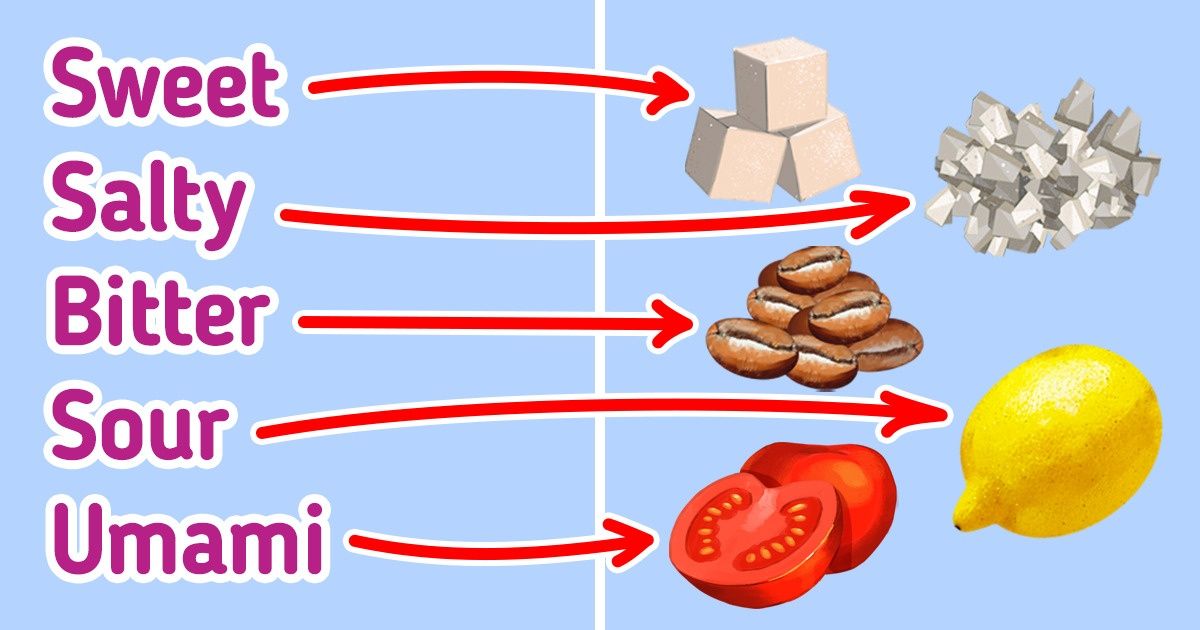
Salty, sweet, sour, and bitter: these are 4 tastes that any person feels. But there is also a fifth taste, umami. This is the taste that makes some foods so delicious, you can’t stop eating them.
5-Minute Crafts would like to tell you about this unusual taste known as umami and explain which foods become irresistible thanks to it.
What umami is
A few years ago, studies showed that humans have a receptor that allows them to experience one more taste, a fifth taste, along with the main ones: sweet, salty, bitter, and sour. This taste is called umami.
Umami is the term used to refer to substances containing glutamate, inosinate, and guanylate; for example, monosodium glutamate, or potassium ions. There are also weaker substances, like succinic acid, which is what gives mollusks their characteristic taste.
Why a person needs taste receptors, including umami
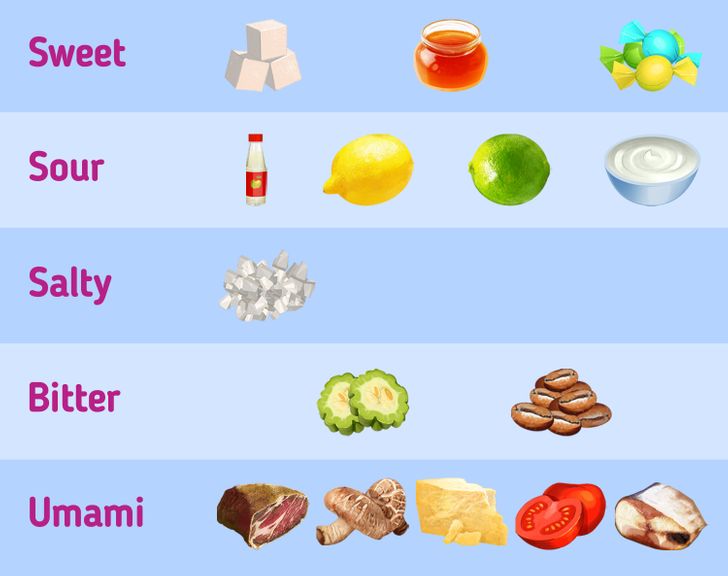
First, we need to figure out why nature invented taste receptors in the first place. We have the ability to taste as an indispensable survival skill that helps us avoid dangerous foods. For example, the sour taste of organic acids can be found in unripe fruit or rotting foods, or you can find a bitter taste in alkaloids. On the other hand, there are edible products that contain these pronounced flavors, like sour lemon, lime, yogurt, or bitter coffee, and there are also rarer and very bitter examples, like momordica charantia (aka bitter melon).
The sweet taste indicates the presence of sugar, which serves as a source of energy, while the salty taste indicates the presence of minerals that help maintain fluid balance in the body.
At the same time, umami serves as a signal to the body that we have consumed protein. The umami sensation triggers the secretion of saliva and digestive juices, facilitating smooth protein digestion.
Which substances have the umami flavor
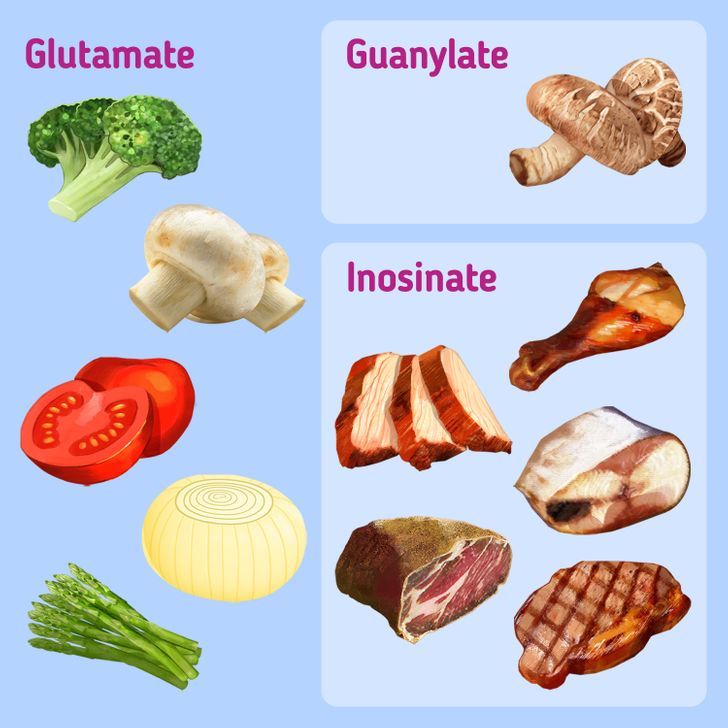
Foods containing umami can be divided into 3 groups according to the main substance that provides this taste. The main components of umami are glutamate, inosinate, and guanylate.
Glutamate is found in a variety of foods, including meat, fish, and vegetables. Inosinate is found in great quantities in animal products, such as meat and fish, while guanylate can be found in great quantities in dried mushrooms, like dried shiitake.
We also know that the content of umami in certain foods grows as the result of such processes as ripening and fermentation. Many traditional foods from around the world, such as soy sauce and other fermented grain seasonings, fish sauces, and cheeses, are excellent sources of umami.
Glutamate:
- Tomatoes
- Onions
- Asparagus
- Broccoli
- Cheese
- Green peas
- Raddishes
- Button mushrooms
Inosinate:
- Sardines
- Chiken
- Pork
- Beef
Guanylate:
- Dried shiitake mushrooms
Why we taste umami
The main component of meat is protein, which consists of a long chain of 20 amino acids. Glutamate makes up the largest proportion of these amino acids, about 15%.
Although the protein is tasteless, when it’s broken down, taste appears. The free amino acids, glycine and alanine, can add sweetness to food; leucine and valine add bitterness; and glutamate and aspartate add umami.
During the fermentation process, the taste is enhanced because the amount of free glutamate which provides umami increases.
This is what happens with cheese, jerky ham, miso, and soy sauce. For example, while a jerky ham is being cooked, the amount of glutamate increases by 50 times.
What foods contain umami
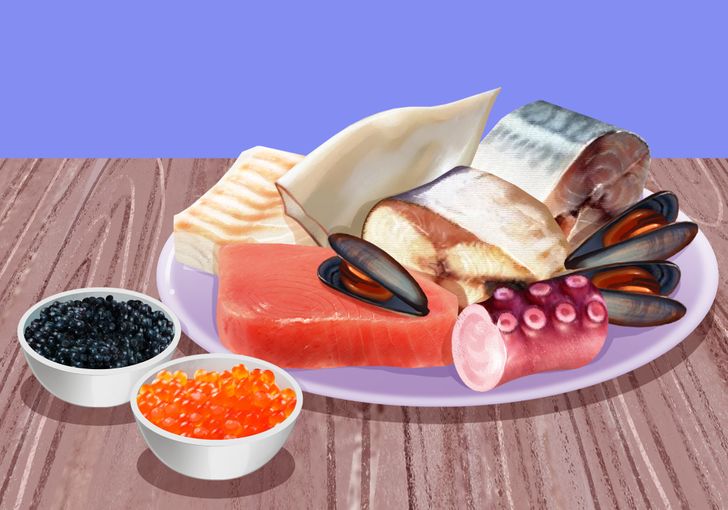
Fish and seafood:
- Shrimp
- Mussel
- Octopus
- Squid
- Sardines
- Tuna
- Cod
- Mackerel
- Red caviar
- Black caviar
- Anchovies
- Sea bream
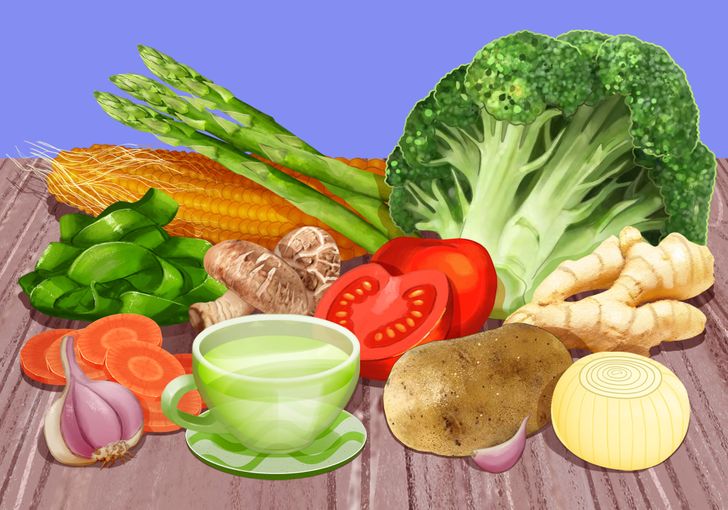
Plant-based foods
Seaweed:
- Nori
Tea:
- Green tea
Vegetables, beans:
- Tomatoes
- Dried tomatoes
- Green peas
- Garlic
- Corn
- Soy beans
- Chinese cabbage
- Potatoes
- Sweet potato
- Spinach
- Carrots
- Asparagus
- Cabbage
- Onions
- Broccoli
- Ginger
Mushrooms:
- Common mushrooms
- Shiitake
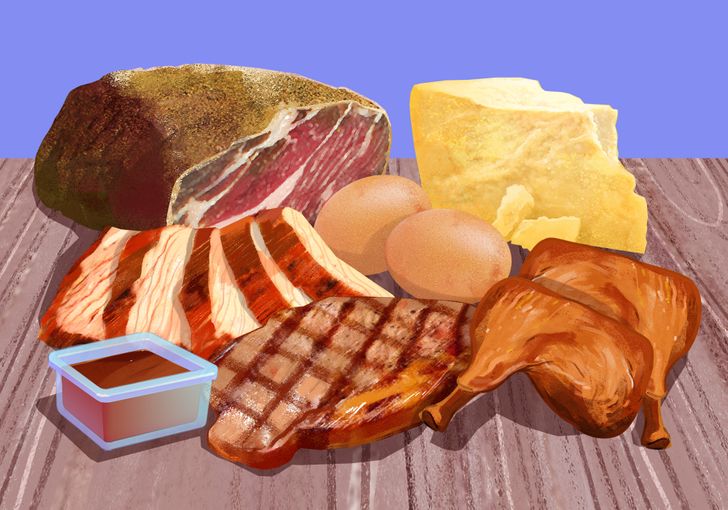
Meat and eggs:
- Chicken eggs
- Dry-cured hams
- Beef
- Pork
- Chicken
Dairy and fermented products:
- Cheese
- Kimchi
- Miso
- Oyster sauce
- Soy sauce